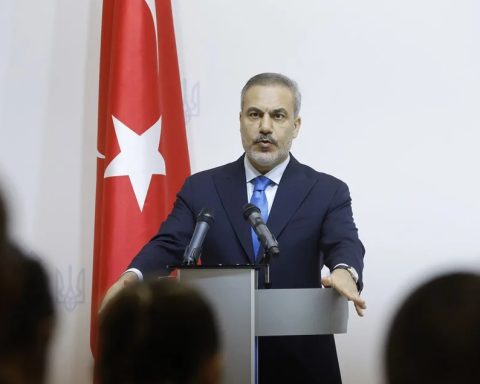The users of telephony fixed can, since October 18 last, change the service provider keeping the same assigned number.
Those who wish to make use of this new right when changing their fixed company telephony they must express it to the receiving operator, that is, the incoming company. Along the same lines, more than 30 companies registered as licensees of ICT services, and which in turn already had numbers assigned by the National Communications Entity (Enacom), are currently registered as recipients of numbers telephone.
The named right to keep the number of telephony fixed at the time of changing provider was planned for the year 2000, but it was only implemented in October 2022. The resolution provides in one of its annexes that the process of modifying the provider with maintenance of the number has a maximum term of five days .
The vice president of the commission Telephony XP of the Argentine Internet Chamber (Cabase), Ignacio Ribeiro, explained: “The Database administrator publishes at the end of the day all the portings managed, those completed and those in process. The next day the donor operator and/or the receiver have three moments to make changes in each port”.

The business of telephony fixed in Argentina is around $8,000 million per monthfor Ribeiro, fixed porting in the Argentine framework “can reach 10,000 monthly in the next six months” because Argentina is late with this process in the service.
New technologies in landlines
Ribeiro also commented that technological changes allow other services to be added to voice communication and assured that “it would have been fantastic to have portability before the pandemic, because any business could have attended to customer orders from a physical place other than the local one. It was closed”.

There are CRM services, telephony advanced and messaging from fixed lines, are some of the services and products that “come after fixed numbers”, he added.
Regarding the future of landlines, Riberiro explained that they still have to explore and implement the “geographic portability”, so that there are no more prefixes that identify the location of the telephone line and the “type or intermodal portability”, which would mean keeping the same number if the user chooses to switch from a landline to a mobile or vice versa.

















